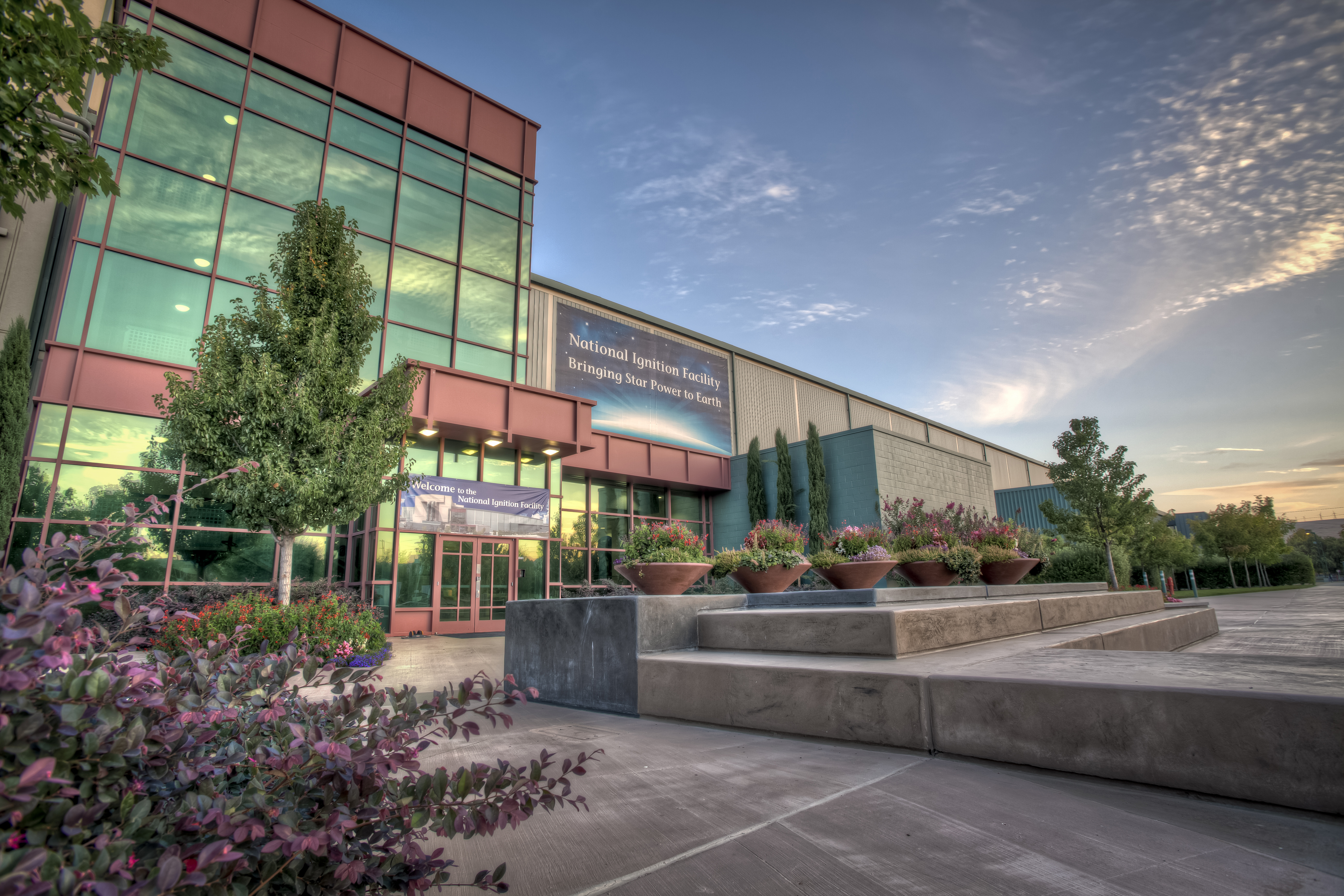Harnessing the Sun’s Power: The Advent of Nuclear Fusion
By Justine Belinsky, Biology, 2017
Most of the sources of energy used today, including fossil fuels, solar power, or wind power, are either limited or inefficient. One of these developing sources is nuclear energy and the Lawrence Livermore National Laboratory (LLNL) in Livermore, California has recently made a big step towards making nuclear energy more efficient.
This facility houses the world’s largest high energy laser, the National Ignition Facility (NIF), which is made out of 192 laser beams that converge in a region called the Target Chamber. Thanks to the principle researcher for this project, Omar Hurricane, and his team, the NIF has recently achieved nuclear fusion, which could someday provide tremendous amounts of energy if harnessed effectively .

Nuclear fusion occurs when two isotopes of hydrogen, with one proton each, are combined to create helium, an atom with two protons. While this process creates a lot of energy, more energy was put into creating it than was generated. In the future, scientists at the NIF hope to not only lower this energy barrier but also to achieve “ignition”, the name given to the process where fusion feeds on itself to continually create more energy. With a nuclear fusion power plant, energy will be able to be generated without greenhouse gases, toxic emissions, or radioactive wastes.
The laser at the NIF works by exciting electrons in gases, glasses or crystals, which will emit photons when they return to their ground state. Laser light differs from normal visible light in that every electron in a laser emits the same wavelength of light, and the light is directional and coherent. One amazing feat that the NIF has accomplished is creating a system of lasers capable of focusing 500 trillion watts of power into a chamber the size of a pencil, more than 100 times the power of any other laser facility.
In addition to its successes in nuclear fusion, the NIF has been used for other projects as well. For example, the NIF is used to help national security by replicating conditions in nuclear weapons. Many of the nuclear weapons owned by the United States are twenty to forty years old, and so the NIF is crucial for examining the changes these weapons will go through over time.
Another success of the NIF has been creating densities greater than the density at the center of the Sun. If this density can be further increased threefold, ignition will be possible.
Although the ultimate goal of “ignition” has yet to be attained with the total ratio of fusion energy out to laser energy in at just 1 percent, the NIF laser has the potential to release up to 100 times the amount of energy needed to start the reaction. By eventually reaching “ignition”, the use of nuclear fusion will create usable energy without harming the environment. Ultimately, the same form of energy that keeps the sun burning may be able to be harnessed for energy production here on Earth.
This article was originally published in NUSci Issue 19.
